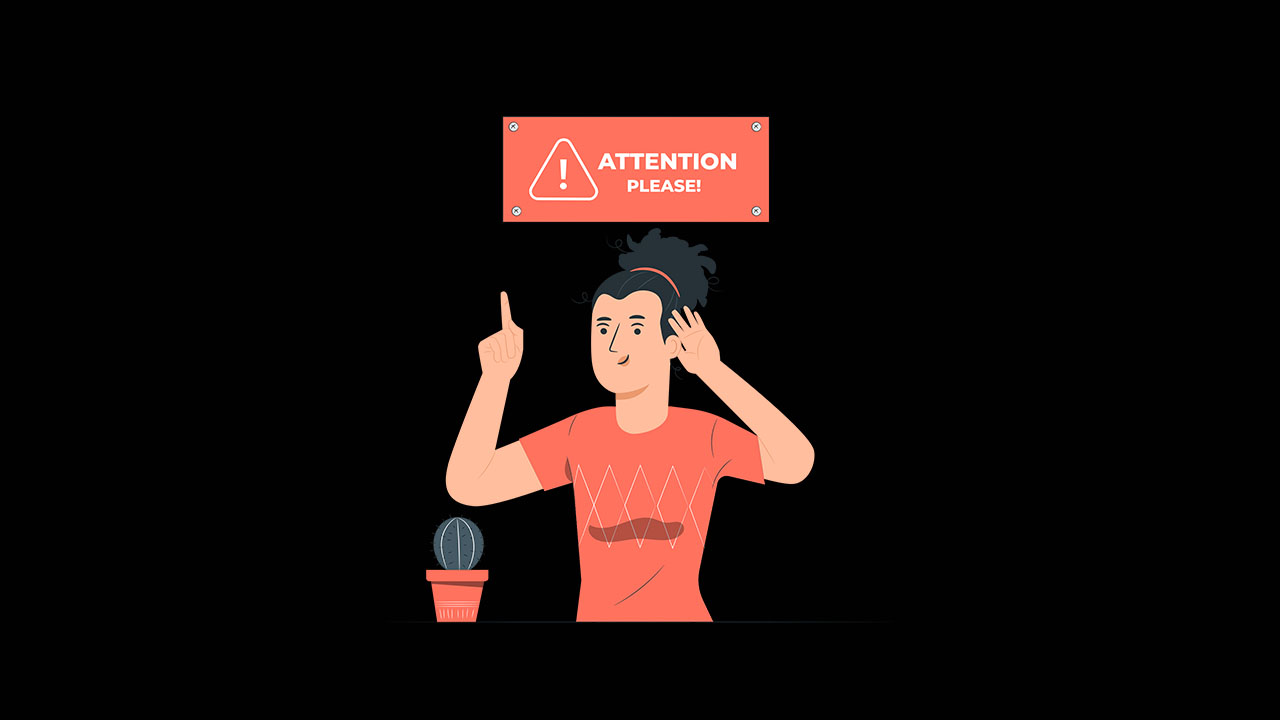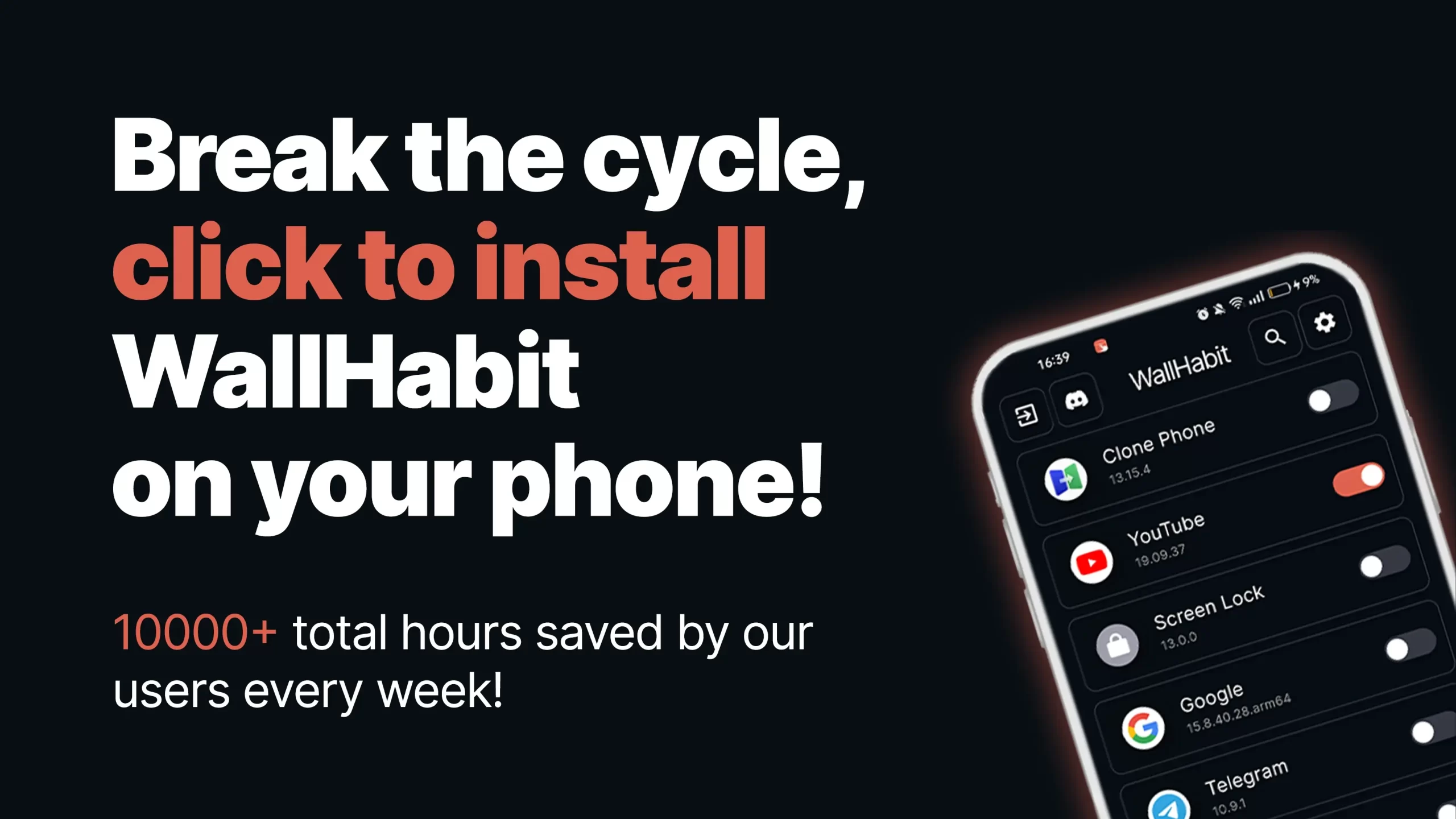Do you find it hard to focus on a single task for more than a few minutes? If you’ve been wondering “how to fix a short attention span”, you’re not alone. In today’s fast-paced world, distractions are everywhere—from notifications pinging on your phone to social media feeds vying for your attention. For those who feel “my attention span is very short”, the good news is that improving focus and productivity is entirely possible. Here are seven practical tips to help you regain control over your concentration and tackle your low attention span.
1. Using a Commitment Device
If you’re struggling with a short attention span, a commitment device can be a game-changer. This technique helps you stay accountable by creating an environment where it’s easier to focus than to get distracted. Whether you’re looking for solutions on how to fix your attention span or simply trying to curb procrastination, commitment devices can make all the difference.
WallHabit
One highly effective tool is WallHabit. This app helps you build better habits by setting up barriers to limit distractions. For example, its “hold to unlock” feature introduces a deliberate pause before opening certain apps. This moment of reflection is particularly helpful for those with a small attention span, allowing you to rethink whether you truly need to access the app.
WallHabit also offers content-specific blocks, such as restricting access to shorts and reels. These types of features are invaluable when learning how to deal with short attention span challenges, as they prevent you from falling into time-draining habits.
2. Limiting Multitasking
If your attention span is very short, multitasking could be one of the culprits. While juggling multiple tasks may seem productive, it often leads to fragmented focus and lower overall efficiency. Instead, adopt single-tasking as your default approach.
To tackle your low attention span, create a prioritized to-do list and work through each task one at a time. Minimize distractions by closing unnecessary tabs, setting your phone to “do not disturb,” and working in a quiet environment. This focused approach helps you understand how to fix a short attention span by prioritizing quality over quantity.
3. Taking Regular Breaks
If you’re searching for how to cure my short attention span, taking breaks might seem counterintuitive—but it works. Short, intentional breaks can help recharge your mind, making it easier to maintain focus over time.
Try techniques like the Pomodoro Method, which involves 25-minute work sessions followed by 5-minute breaks. These structured intervals are ideal for addressing a short attention span and improving overall productivity. During your breaks, engage in activities like stretching or taking a quick walk—avoiding anything that might overstimulate your mind, such as social media.
4. Practicing Mindfulness
Mindfulness is an excellent technique if you’ve been wondering how to fix your attention span. This practice involves staying present and fully engaged in the moment, which helps train your brain to avoid distractions.
Even a few minutes of mindful breathing or meditation each day can work wonders for a short attention span. Focus on your breath or use guided mindfulness exercises to anchor your attention. Over time, these small habits build resilience against distractions, teaching you how to deal with short attention span issues effectively.
5. Setting Clear Goals
One common reason for a low attention span is a lack of direction. Setting clear, specific goals provides a sense of purpose and helps you stay focused. If your goals feel overwhelming, break them into smaller, actionable steps to make progress more manageable.
For instance, instead of a vague goal like “be more productive,” set a concrete target such as “write 500 words of my report today.” By staying focused on these smaller tasks, you’ll gradually learn how to fix your attention span and maintain momentum.
6. Creating a Productive Environment
A cluttered or noisy environment can exacerbate a small attention span, making it difficult to concentrate. If you’ve been struggling with how to deal with short attention span challenges, start by optimizing your workspace.
Declutter your desk, ensure good lighting, and invest in a comfortable chair. Noise-canceling headphones or white noise can help minimize auditory distractions. A well-organized environment not only boosts productivity but also shows you how to fix a short attention span by reducing external stressors.
7. Taking Advantage of WallHabit
If you often think, “my attention span is very short”, WallHabit can be an invaluable tool in your journey to regain focus. Unlike generic screen-time apps, WallHabit is designed with intentionality in mind. Its features, such as the ability to block apps or restrict specific types of content like shorts and reels, make it particularly effective for tackling short attention span issues.
Using WallHabit, you can build healthier digital habits by creating boundaries that align with your goals. Whether you’re learning how to fix a short attention span or simply aiming to boost productivity, this app provides the structure needed to succeed.
Conclusion
Overcoming a short attention span isn’t about making drastic changes overnight—it’s about adopting practical strategies that gradually improve your focus and productivity. Tools like WallHabit, along with practices like mindfulness, single-tasking, and creating a distraction-free environment, can make a significant difference.
If you’ve ever thought, “how to cure my short attention span”, now is the time to act. Start incorporating these tips into your daily routine, and you’ll soon notice a marked improvement in your ability to concentrate and stay productive.

